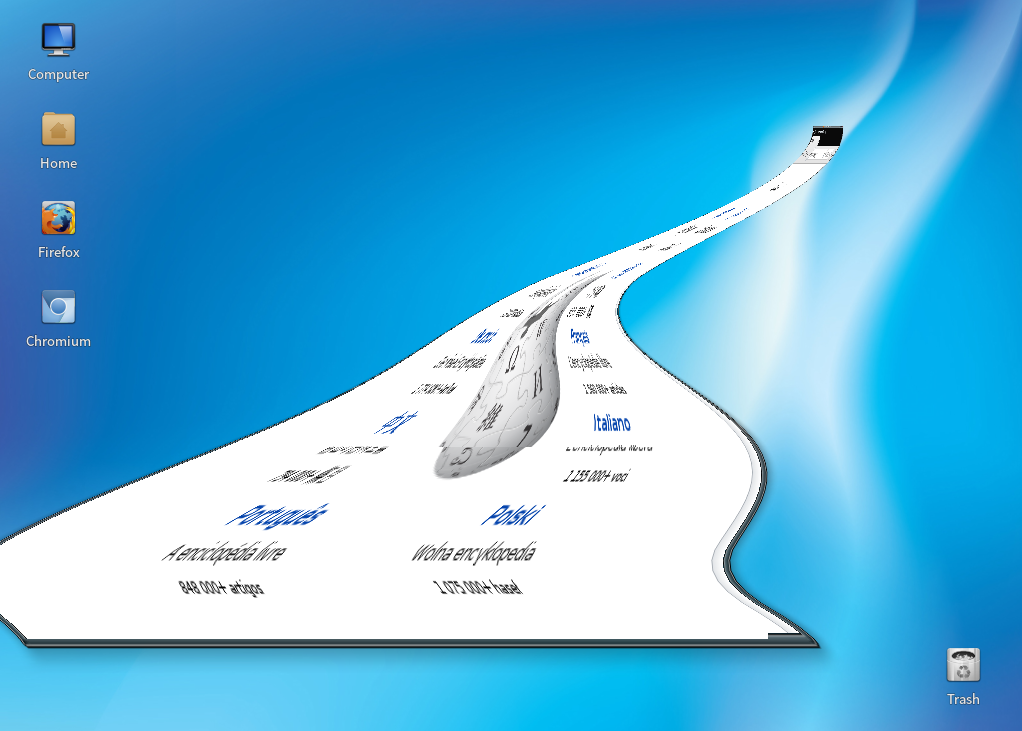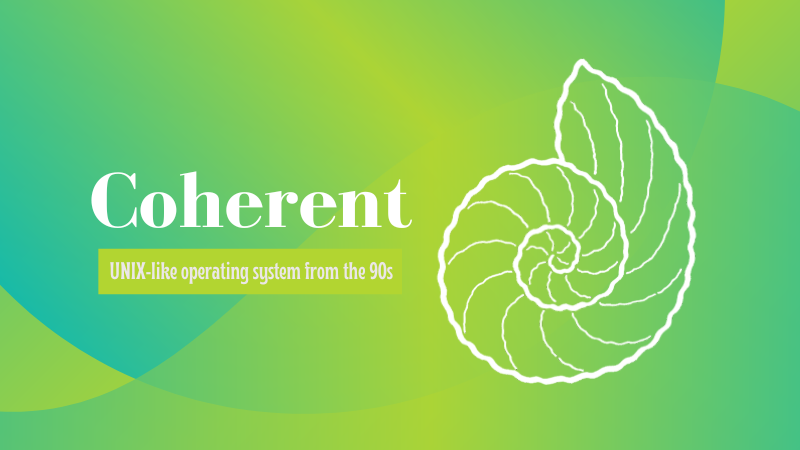
Today, we hear of people "distro hopping." Some of us may be guilty of it. It's hard to resist, trying out that new Linux distro with the new features. Even I am not immune, and I have a couple of laptops that I routinely try a new OS (or older if I'm feeling nostalgic) on.
There was a time though, when distro hopping wasn't common as there were fewer distros in the beginning days of Linux. What many of us early users did instead was to play around with different window managers.

Compiz was one of those window managers, released in 2006. It is one of the oldest compositing window managers for the X Window System and it was quite advanced for its day. Window managers aren't as popular as they once were, but Compiz is still maintained, still has remarkable performance and a large number of features.
What is Compiz?
Compiz is an open-source X window manager that enables advanced visual effects and desktop enhancements. It provides a wide range of features, including window management, window decorations, desktop effects, animations, and much more, implemented as loadable plugins. Compiz can be used as a drop-in substitute for the default window managers and compositors of most other desktops.

History of Compiz
In its early stages, Compiz exclusively functioned with 3D hardware supported by Xgl. Most NVIDIA and ATI graphics cards were compatible with Compiz when used alongside Xgl. Starting from May 22, 2006, Compiz became compatible with the standard X.Org Server through the utilization of AIGLX.
During the early 2000s, both ATI and Nvidia drivers became increasingly prevalent on Linux, which allowed advanced OpenGL development to extend beyond expensive UNIX workstations. Roughly during this same time, Xgl, Xegl, and AIGLX enabled Xorg to leverage OpenGL for window transformation and effects.
Compiz, introduced by Novell (SUSE) as free software in February 2006, emerged as one of the pioneering compositing window managers for X. By March 2006, Red Hat ported Compiz to AIGLX.
Early reviews of Compiz were mostly positive, lauding its performance, visual appeal, and innovative nature. Other projects such as Metisse and Project Looking Glass were developed at the same time, but none gained the same recognition or widespread adoption as Compiz. Later on, compositing effects were also integrated into window managers like GNOME Shell and KWin.
The emergence of Wayland around 2010 merged the functionalities of the compositor and graphics server into a single program, making separate window managers and compositors obsolete. Because of this, Compiz isn't used much anymore, but that doesn't mean that its days are over. Distributions that continued to include Compiz typically enabled only a few practical plugins while disabling more visually extravagant ones. Additionally, distributions increasingly incorporated KDE and GNOME with their default window managers. The last version of Ubuntu to feature Compiz as the Unity desktop manager was Ubuntu 16.04, after which its development mostly stagnated.
Compiz is still maintained, with two existing versions: Compiz 0.9 and Compiz 0.8. Compiz 0.9 is a C++ rewrite, while Compiz 0.8 continues to utilize the original C version. Ubuntu maintains and develops Compiz 0.9, whereas the package in Debian is the Compiz 0.8 "Reloaded" version. Both versions are similar, but the distinction lies in the level of plugin support, as the 0.9 rewrite had to exclude certain features. Compiz 0.8 is considered to be faster and more stable.
Conclusion
Compiz, with all of its features and effects certainly kept me busy when I used it. I can remember spending an inordinate amount of time transforming my workspace in unique ways. As time went on, however, I found myself spending more and more time tinkering with Compiz rather than focusing on my work. While the allure of its visual spectacle was undeniable, it also became a source of distraction - the more I played with Compiz, the longer my unfinished tasks became. Eventually, I had to change window managers in order to get any work done.
To me, Compiz holds a special place in the history of desktop environments - a testament to the ingenuity of its developers and the community that pushed technology to its limits.
If you would like to see some of what Compiz can do, here is a video: Compiz Fusion: A Quick Demonstration. For "old code," it really could do a lot and was a bit ahead.
By the way, if you are interested in retro stuff, I have written a couple of articles to take you down memory lane.


I think you'll enjoy them.


